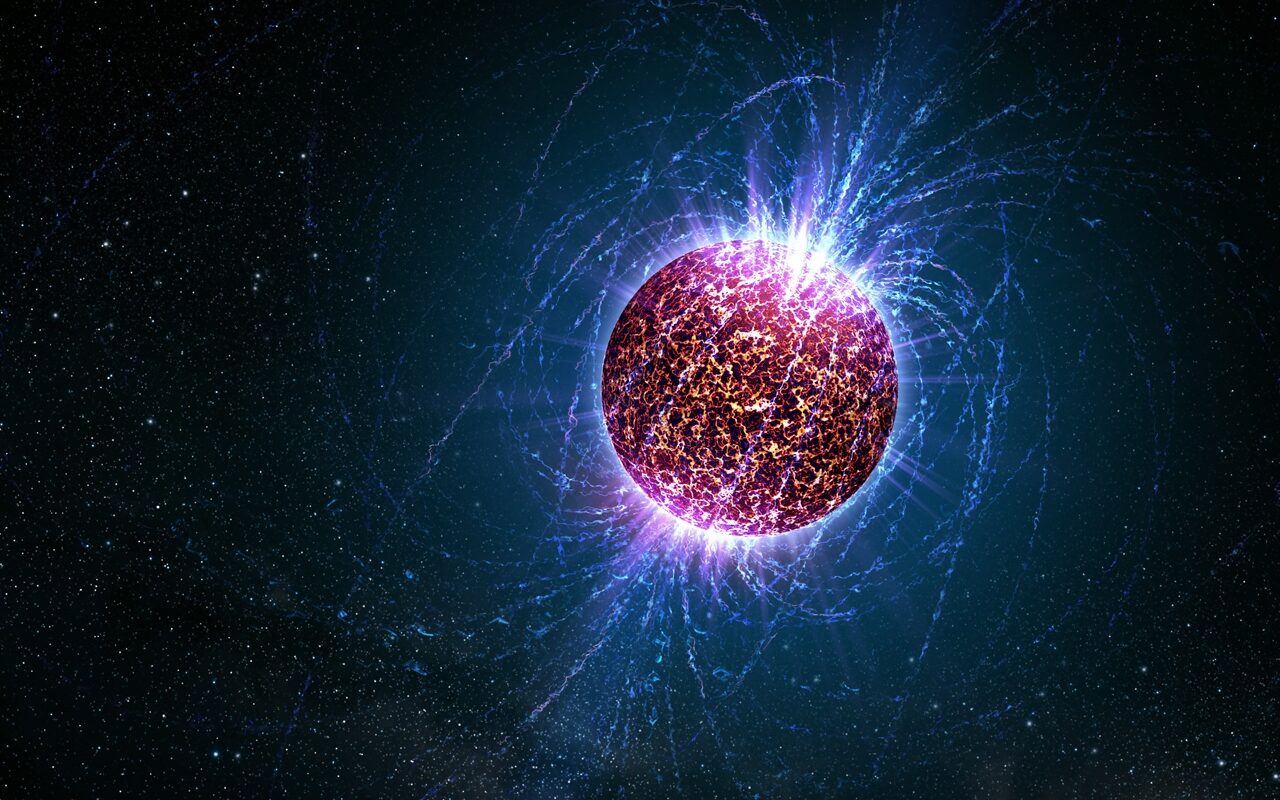There is always everything, never nothing. Nothing is a platonic idea, like a perfect circle. Nowhere in the universe can you find a perfect circle, pure emptiness or “nothing”.

At the limits of our scientific pursuits, we don’t find emptiness, we find singularities, which is just a fancy way of saying that there is no way we can ever connect with anything beyond. We find these singularities if we look back in time, and if we look into the small – the Planck regime, which is way, way smaller than even the tiniest observable entities we know of.

In the large and in the future we find something else seemingly, but not really: the “end” of our local universe. The most popular theory is called “heat death“, and basically assumes that everything will thin out infinitely, so that nothing is ever going to happen again. Which is exactly the state of the universe which we assume led to the big bang in the first place, through what physicists call a “quantum fluctuation”, meaning there was an infinitesimally small amount of not nothing.

At the end of this iteration, such a “quantum fluctuation” could be caused by the very last black hole evaporating, or the last proton decay, by a “big rip”, by vacuum decay or just by coincidence.
Or, as I think, a jump of scale, another kind of singularity from our perspective, but this is another story. Anyways, the “end of the universe” cannot be an absolute end.
That’s again because “nothing” cannot exist. By definition.
In the largest accessible scale, we see a quite uniformly distributed, chaotic seeming structure (the “cosmic web”), not unlike how some depict quantum foam, but made of supercluster filaments of galaxies with bubbles of almost empty voids, that keep expanding and thinning out faster and faster.

Right: Quantum foam (speculative drawing based on a phys.org CCO public domain image)
These structures reach as far as we will ever be able to “see”. Due to the limited speed of causality (fittingly abbreviated c, but wrongly called “speed of light” by most physicists) as well as the accelerating expansion, we will never ever be able to connect with anything “outside”, which seems to be a different kind of singularity, (which is how physicists don’t call it), but by Leibnitz’ principle isn’t.
